When metal and water come into contact with wood, it can leave an ugly black rust stain. Here's how to get rid of it without sanding!
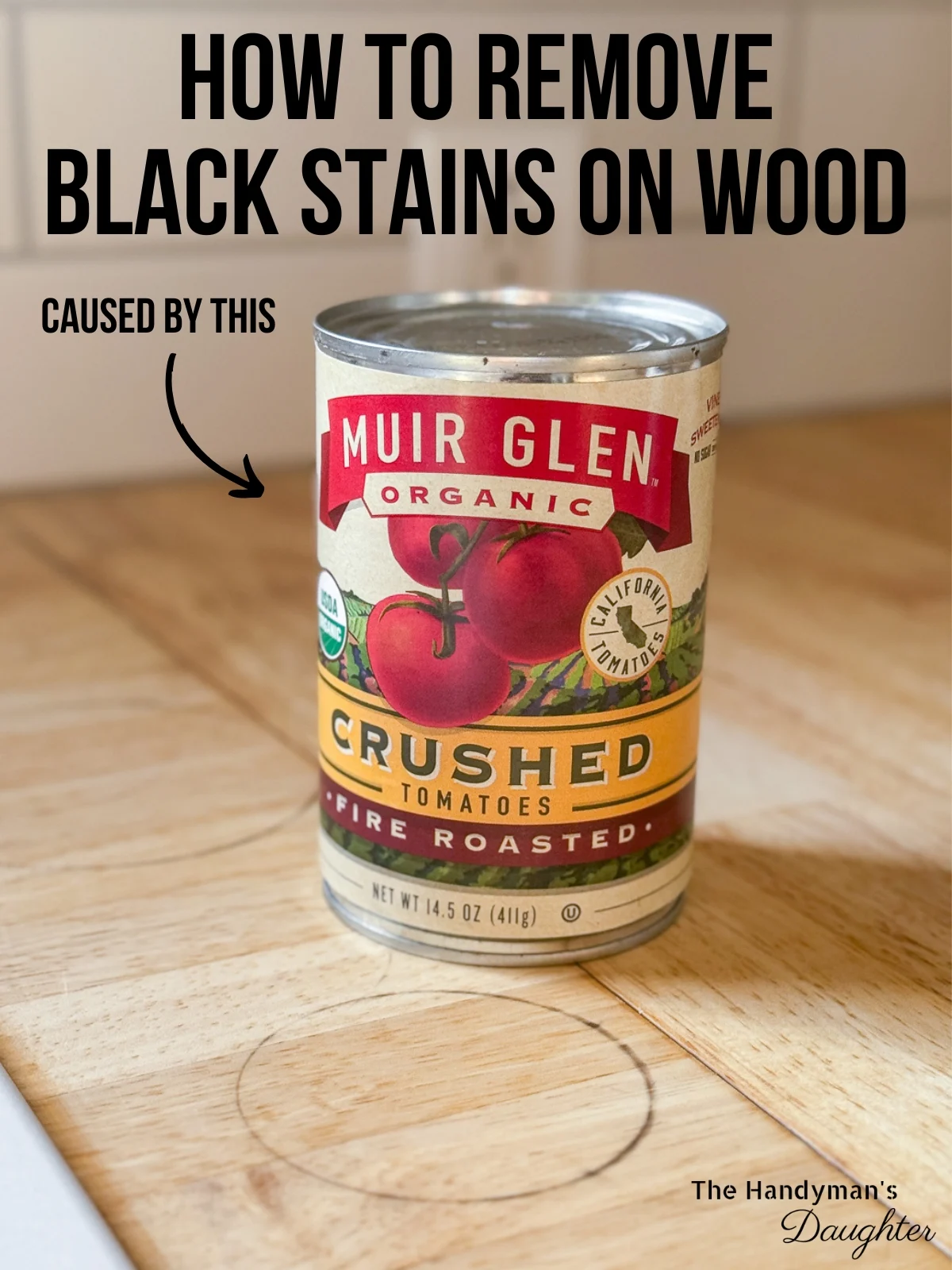
We love our butcher block countertops, even though it has its pros and cons. We try to wipe up drips and spills before they stain the surface, and most of the kitchen still looks like new after two years of constant use.
But recently we discovered that a chemical reaction occurs when wet metal touches the wood, like this can of tomatoes left near the sink. Ugh! It was sitting in a puddle of water on the countertop for just a few minutes, but left a black ring on the wood that couldn't be scrubbed away!
Before going through the effort to refinish the entire countertop, I did a little research and found a quick trick to remove the stain that I had to try first! Keep in mind that this will only work on rust from metal, not black stains from mold or other issues. But it's a quick and easy fix that doesn't require any sanding!
This post contains affiliate links for your convenience. Purchases made through these links may earn me a small commission at no additional cost to you. Please visit my disclosures page for more information.
What causes black stains on wood?
These stubborn black stains are caused by a chemical reaction between the metal and the tannins in the wood. Tannins are naturally occurring compounds found in many types of wood, particularly hardwoods like oak, walnut, and maple.
When metal comes into contact with moisture, it can release iron ions. These ions react with the tannins, which appears as a dark or black discoloration on the wood's surface.
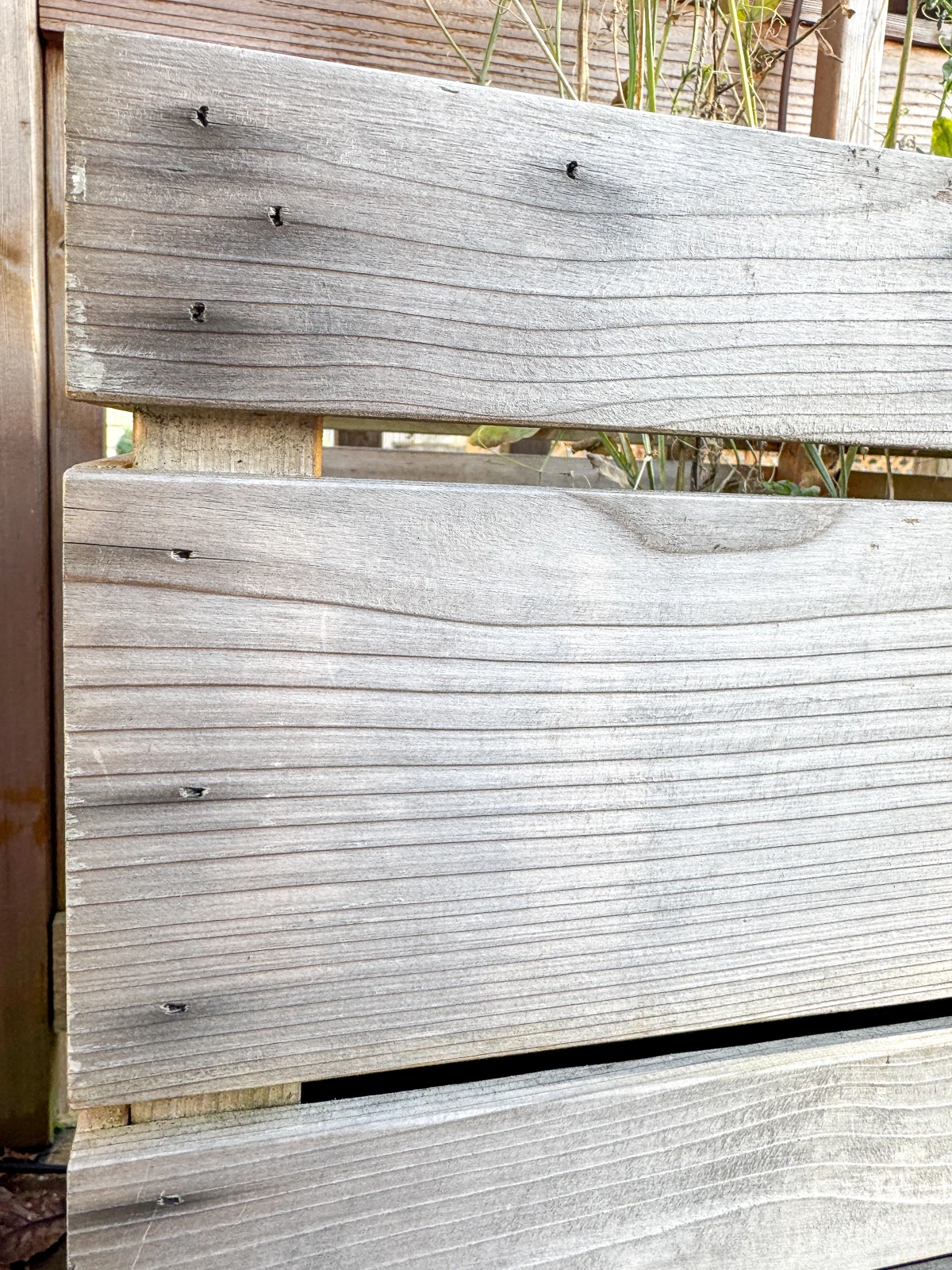
I've noticed this reaction happening on some of my outdoor projects that use brad nails, like this plant stand. Now I always build outdoor furniture with galvanized brad nails, which won't cause staining. But I always thought this was a gradual reaction that happens over months or years, not minutes!
How to get rid of black stains on wood
As you can see in the first picture, I had a few of these black circles to fix. Maybe after this, we'll learn not to put cans by the wet sink!
Start by cleaning the area to remove any other dirt or debris from the wood.
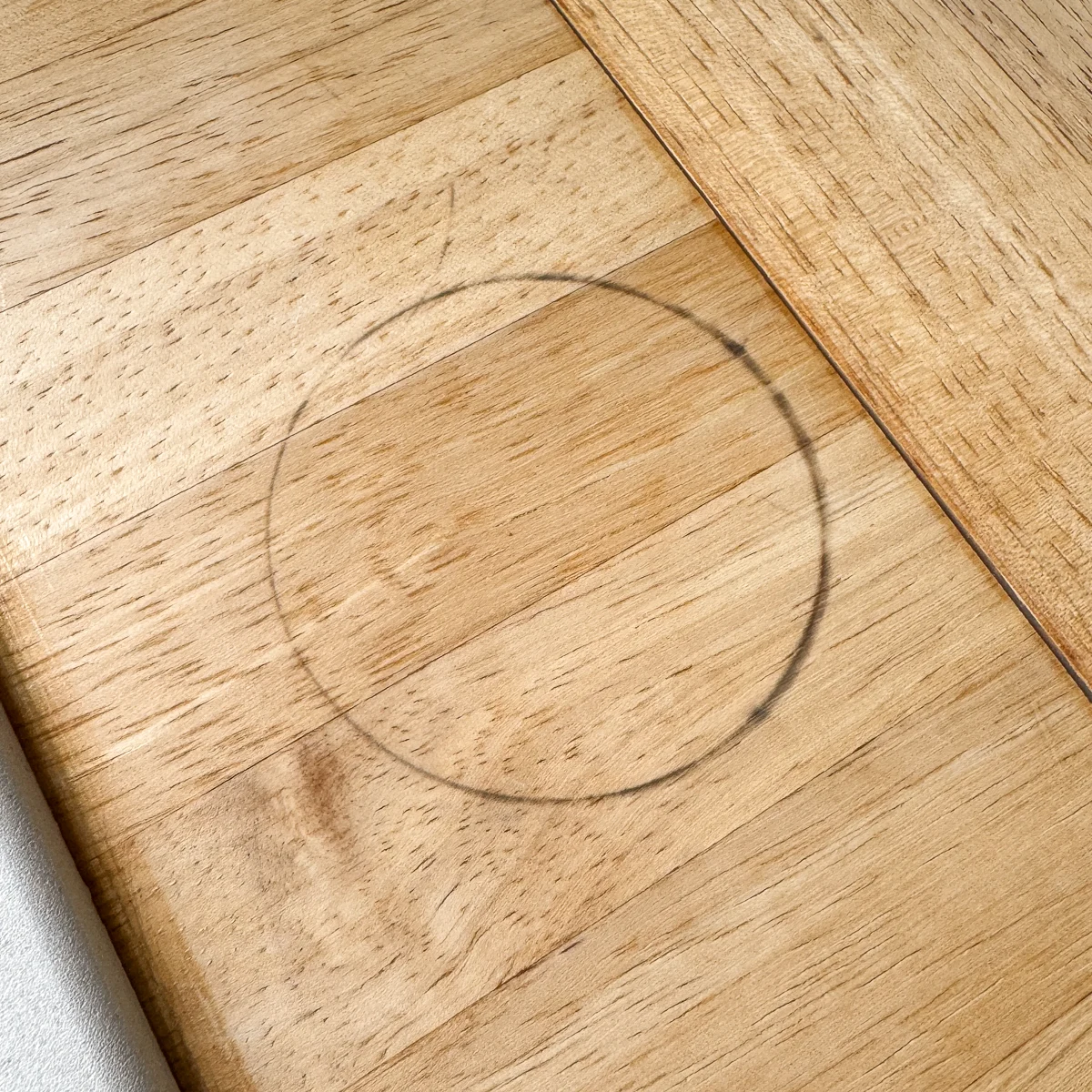
Next, mix oxalic acid (commonly found in cleaners such as Barkeepers Friend) and warm water to form a paste. You may want to wear gloves, eye protection and a mask to protect yourself from the chemicals.
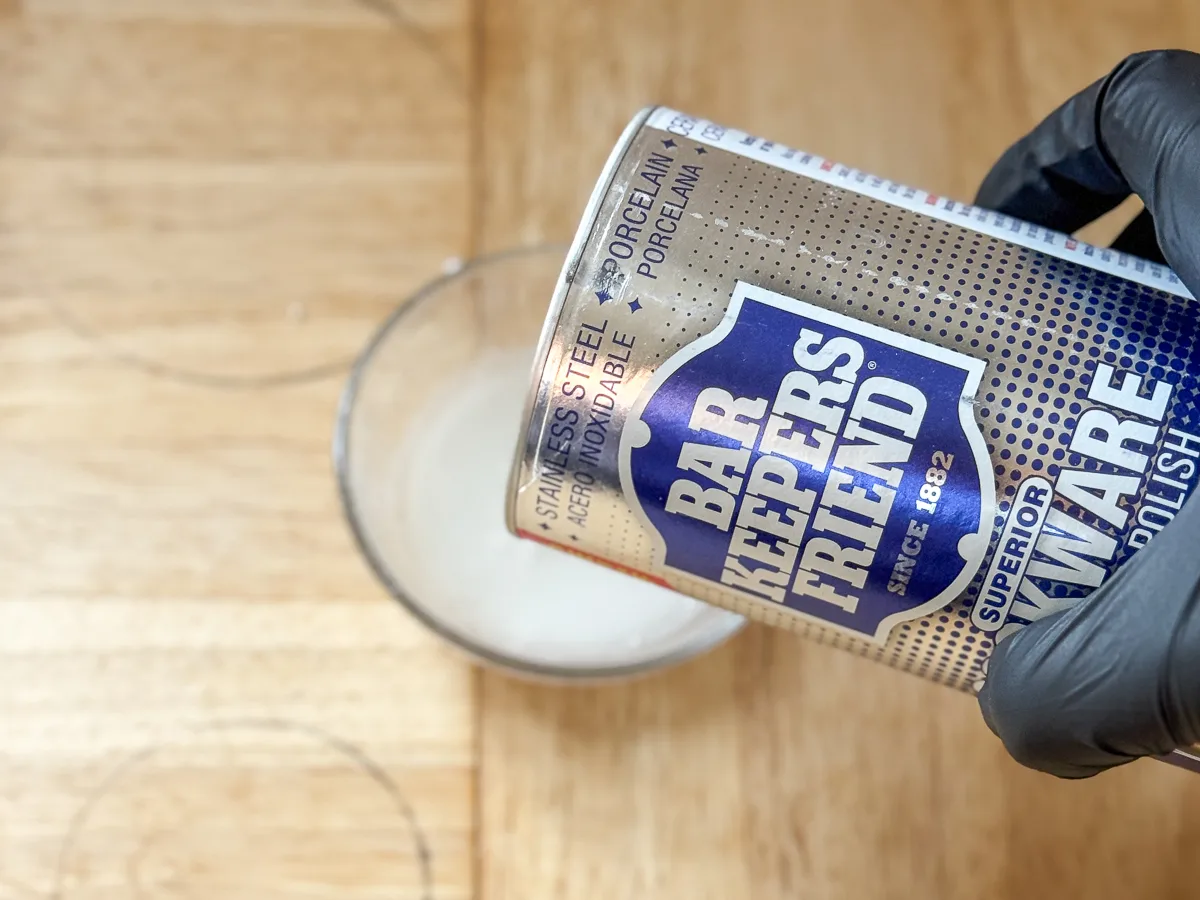
Apply the mixture to the stain with an old toothbrush. Allow it to sit on the surface of the wood for 15-30 minutes, adding a few drops of water if necessary to prevent it from drying out.
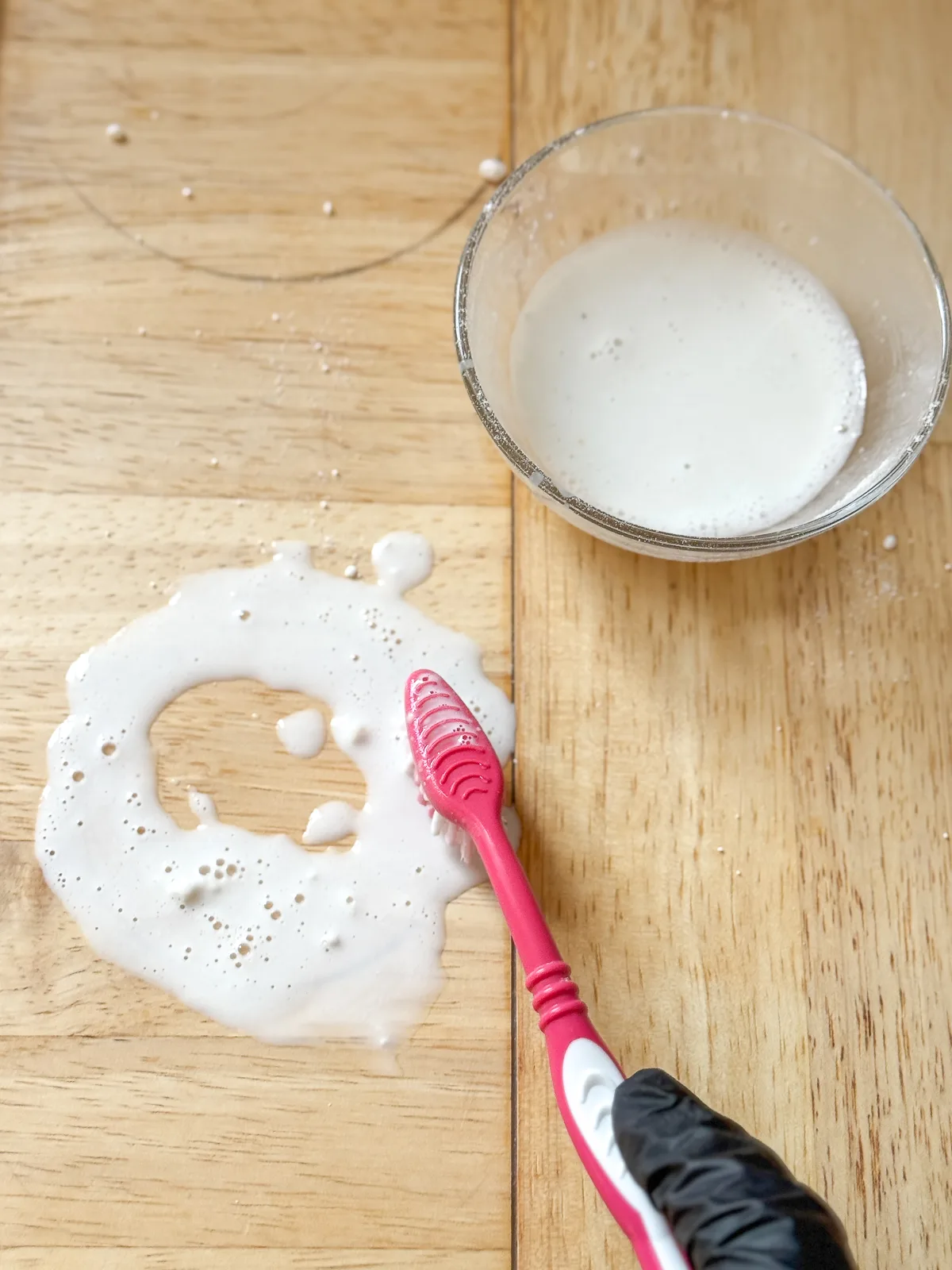
Use a damp paper towel or rag to wipe away the cleaning solution. You can see that most of the black stain was removed with just one application!
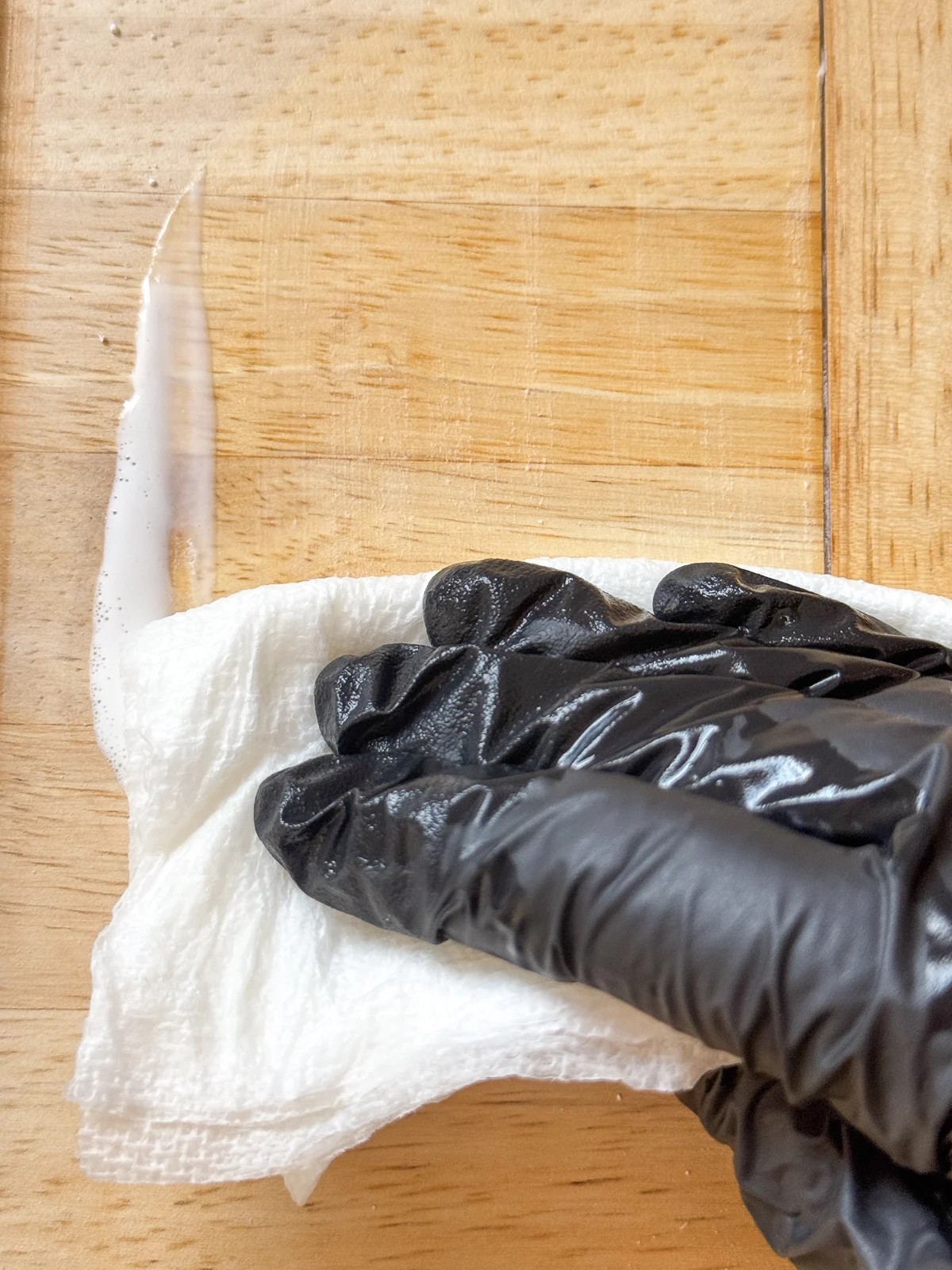
There were a couple of stubborn spots from an older stain where you could still see the black line. The surrounding wood was also looking a little dingy. The metal ions must have gotten into the puddle of water and caused a diluted reaction that made it appear gray.
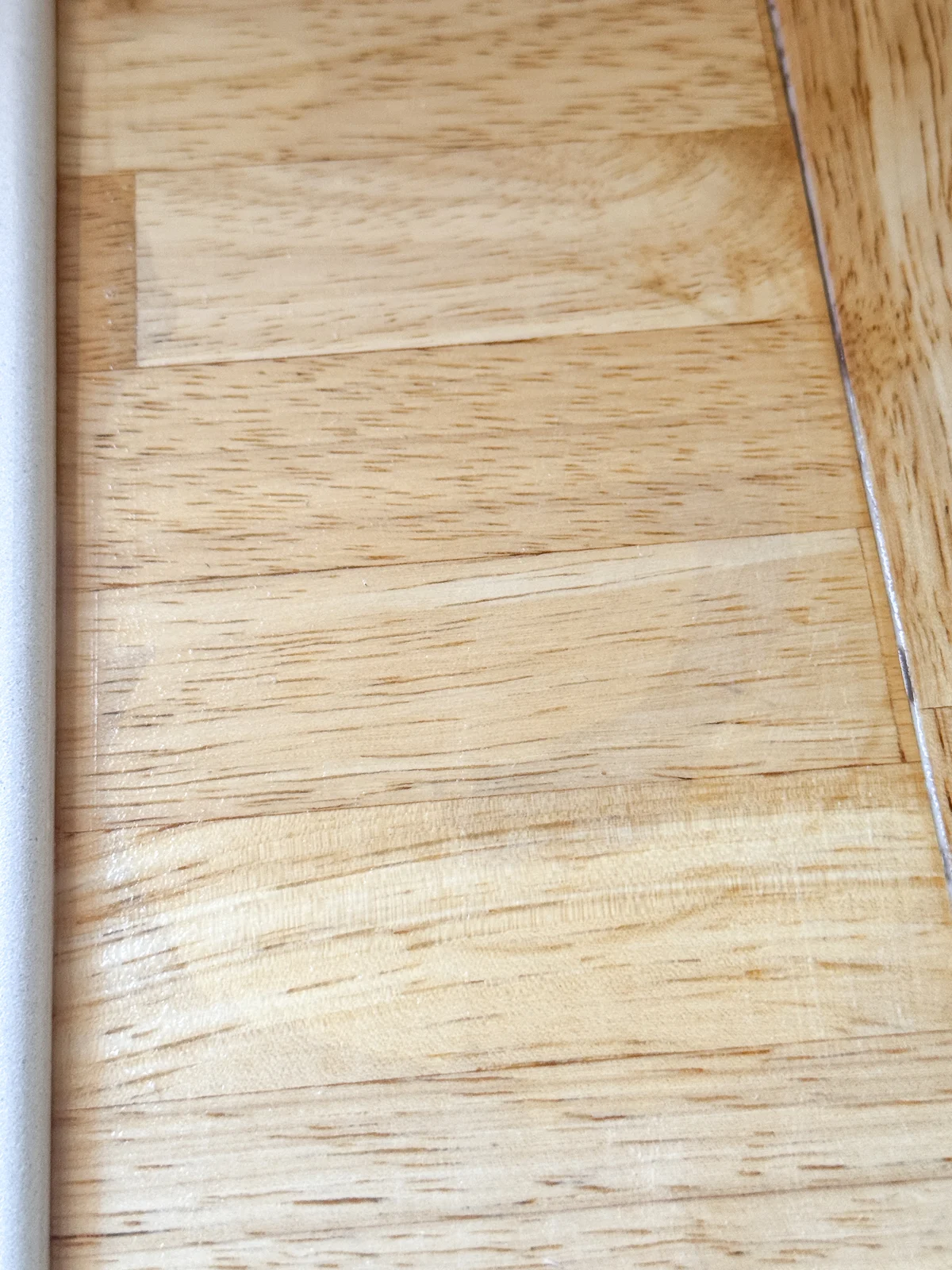
I repeated the cleaning process, thickening the mixture slightly and spreading it out further.
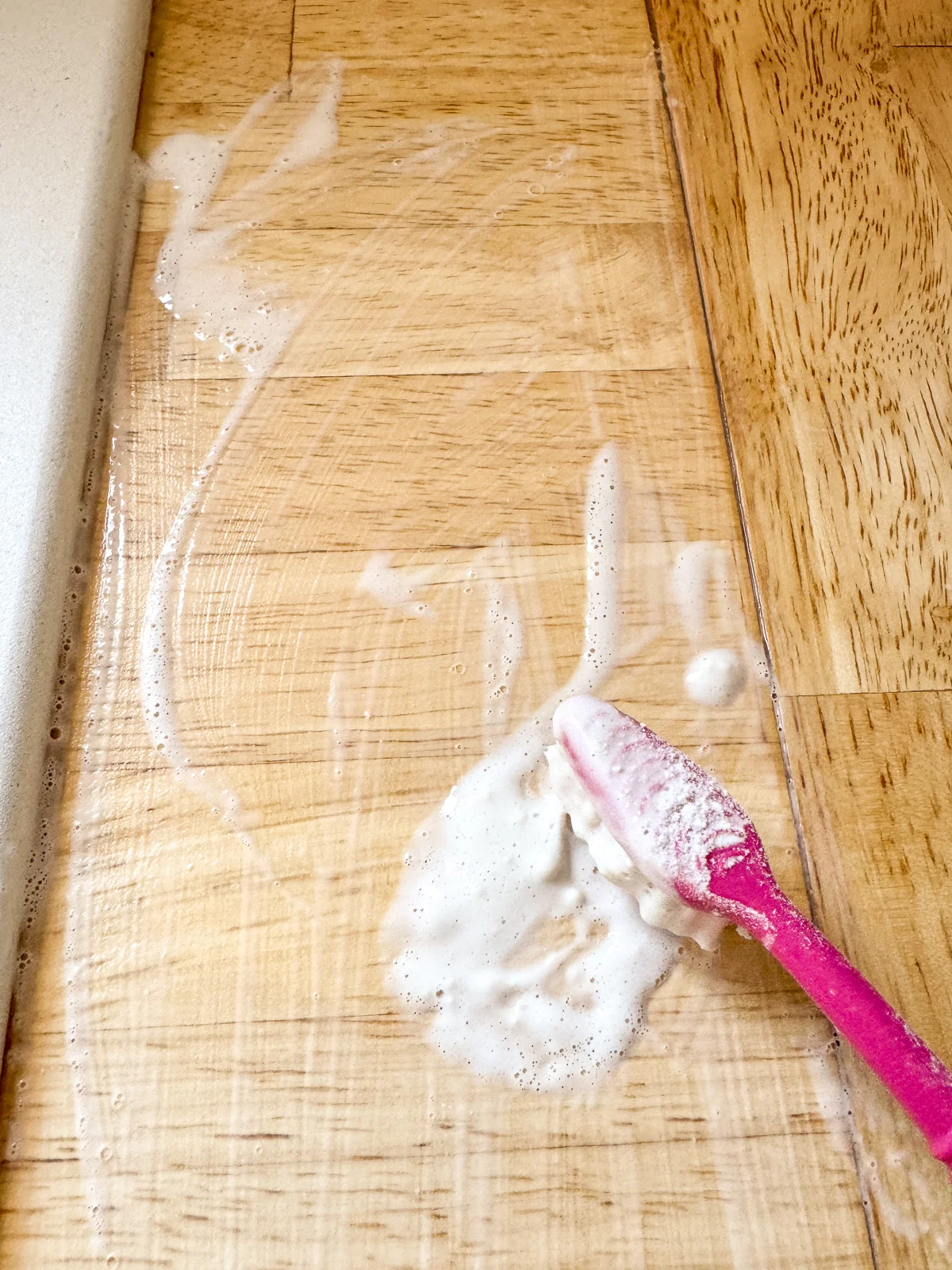
I let it sit for a good half hour this time, and it worked like a charm! I applied a quick coat of cutting board oil, and now the countertop by the sink looks brand new!
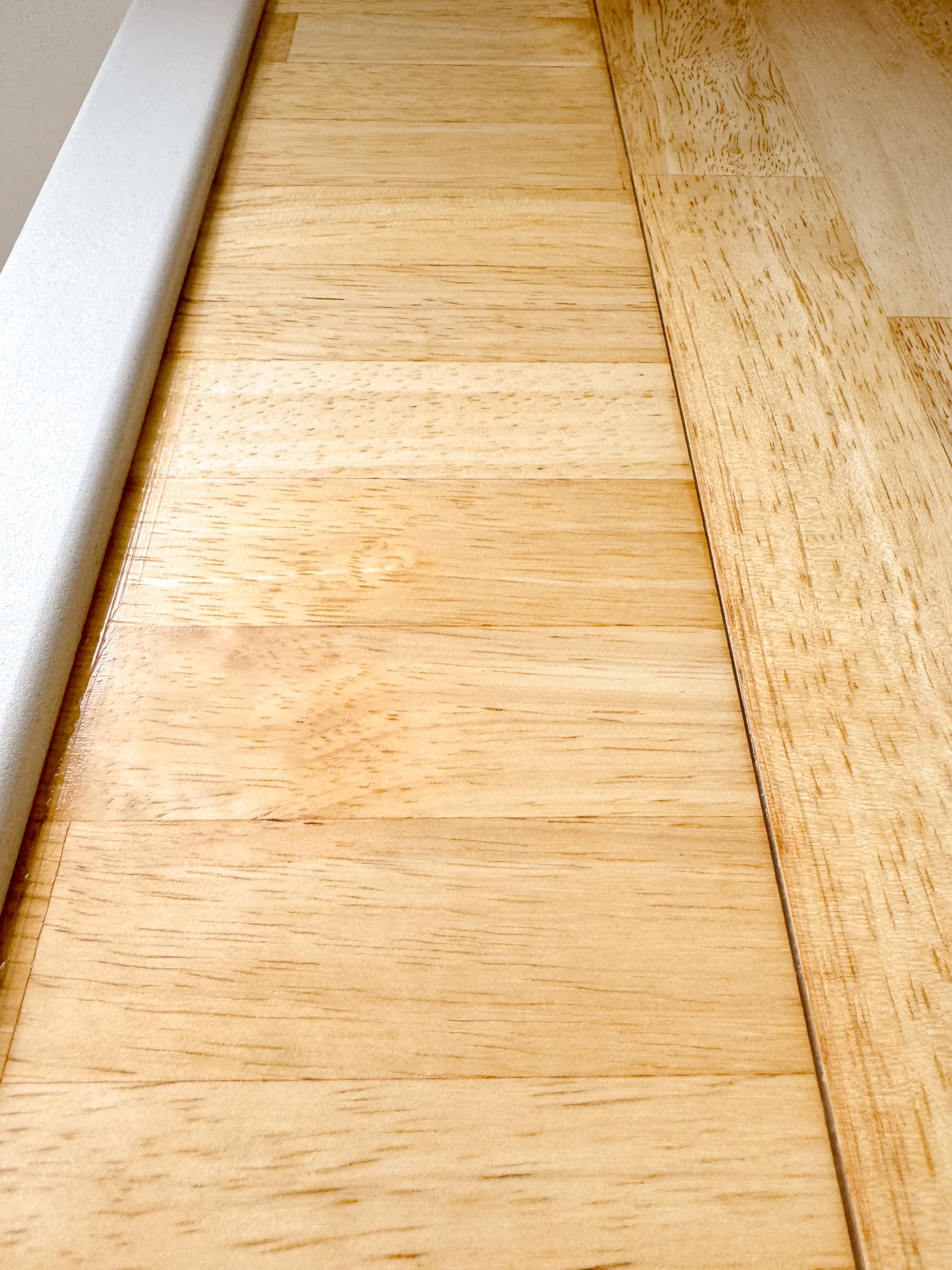
This simple trick saved me soooo much time and effort! Instead of sanding and refinishing the entire butcher block countertop, I can just spot clean these stubborn stains as they pop up!
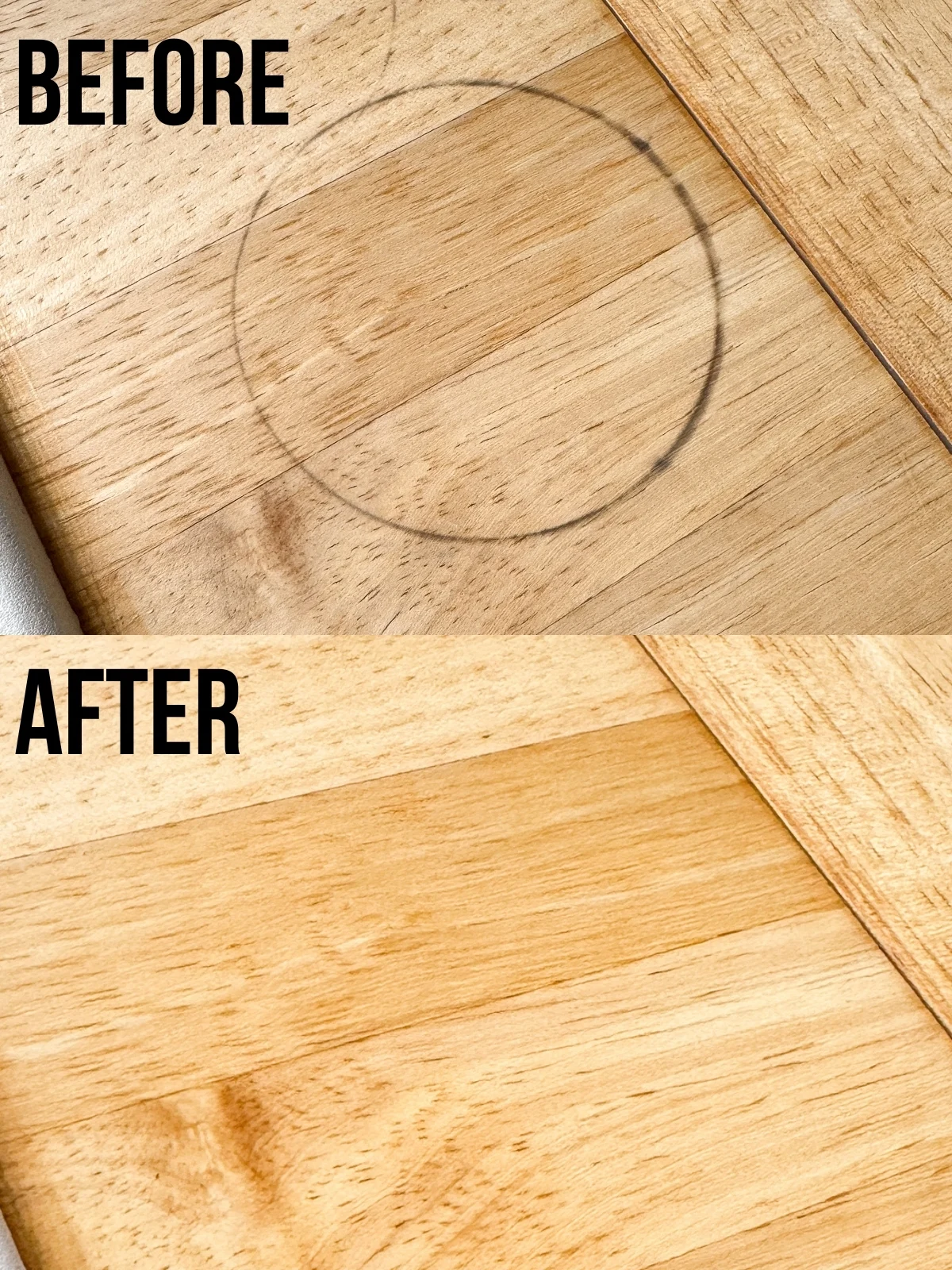

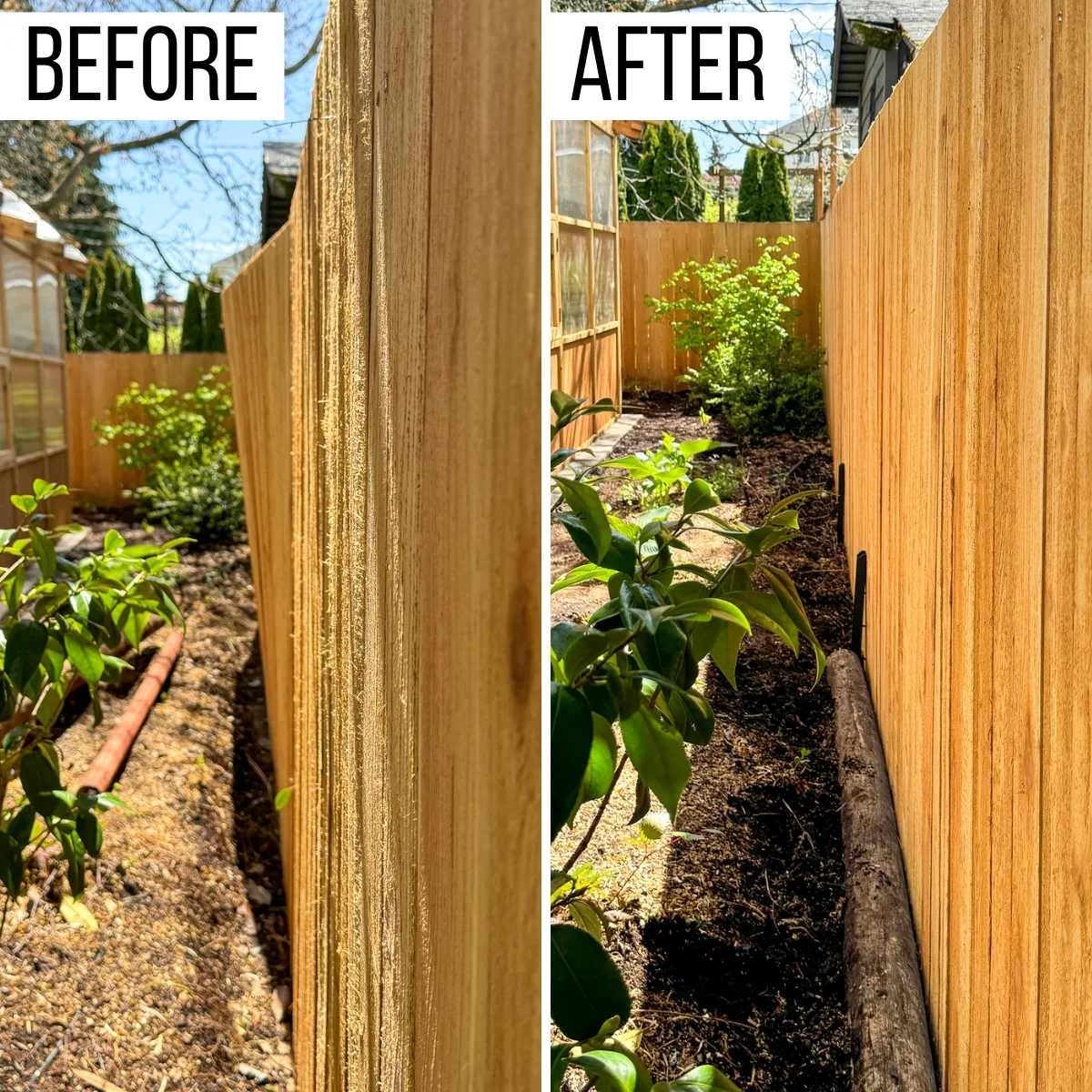
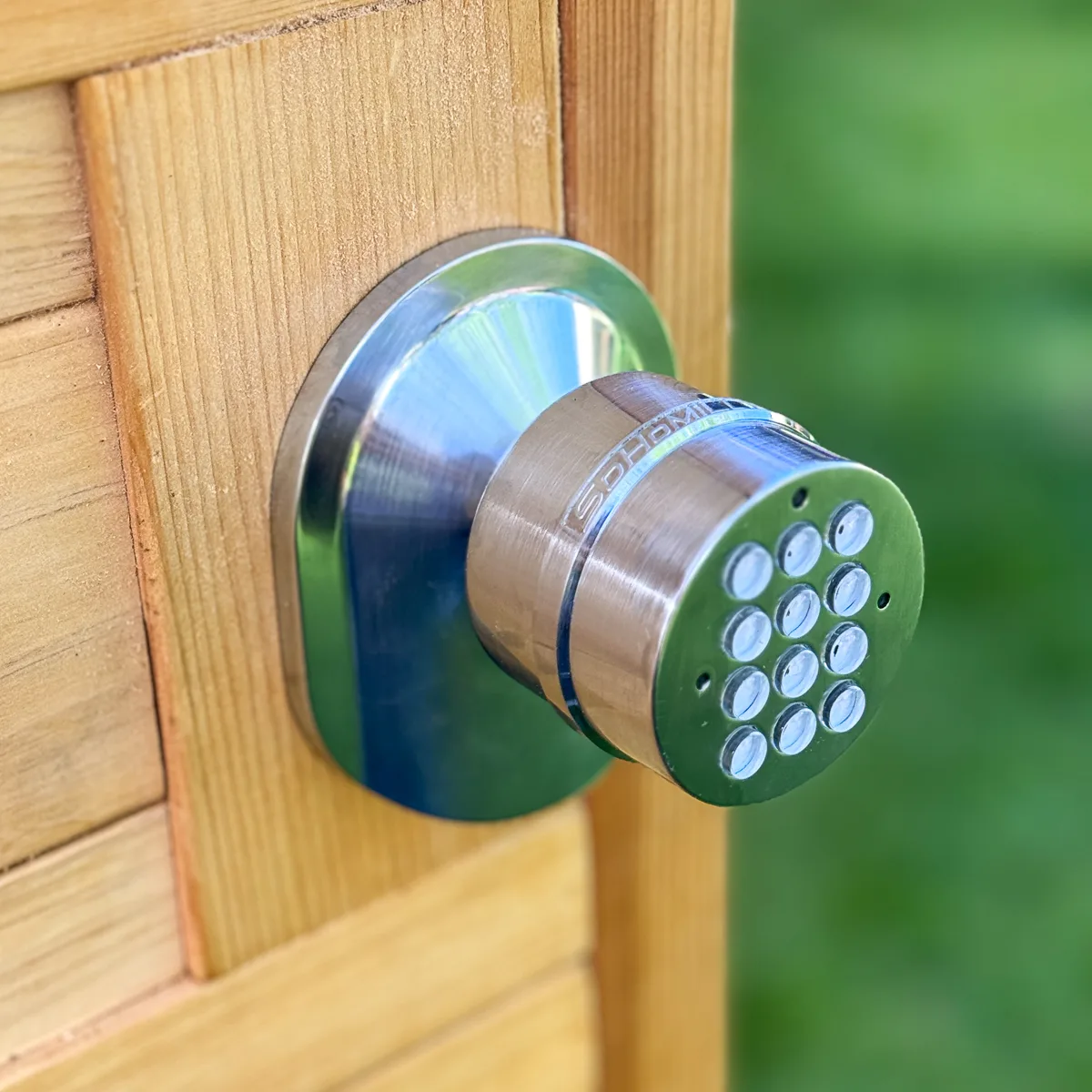

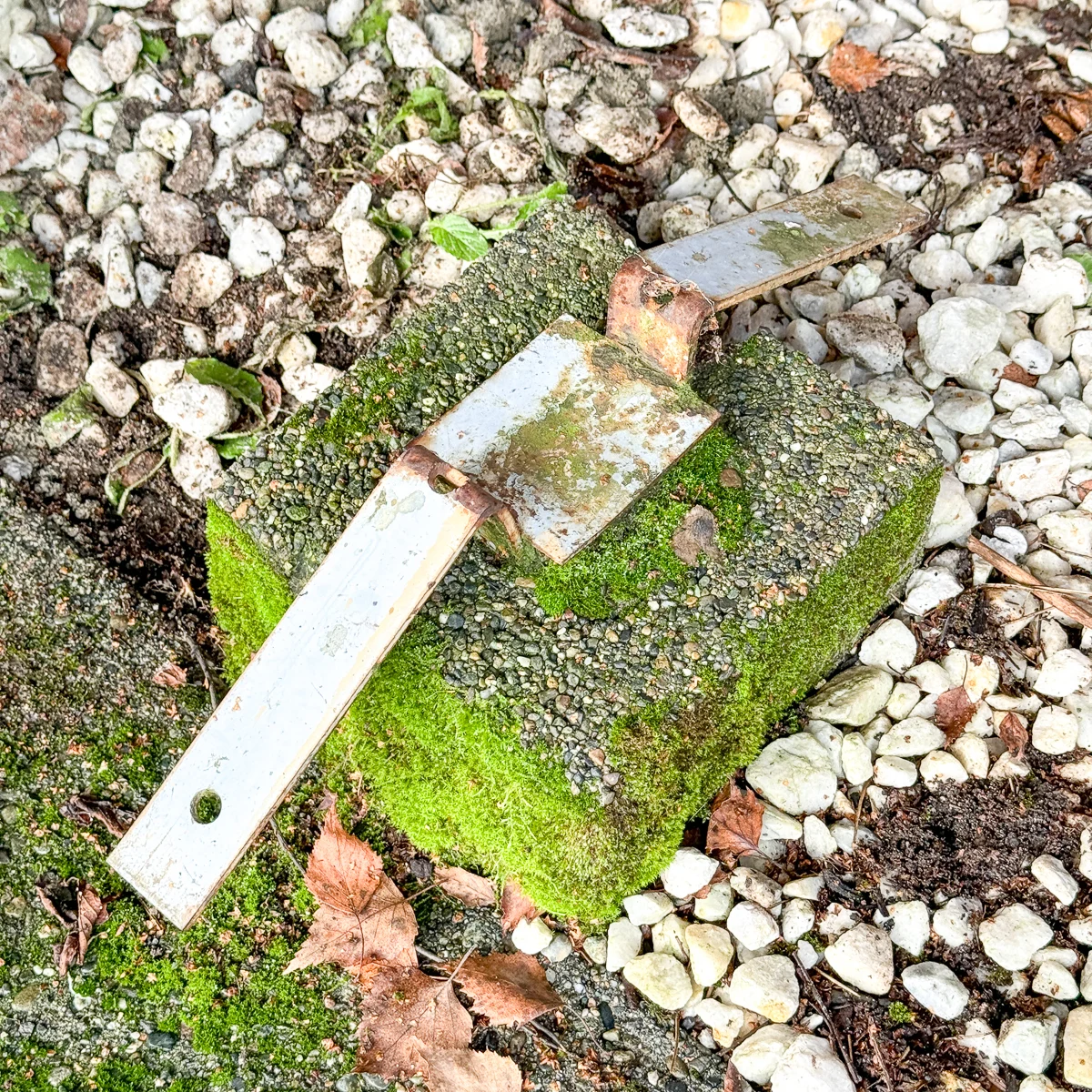
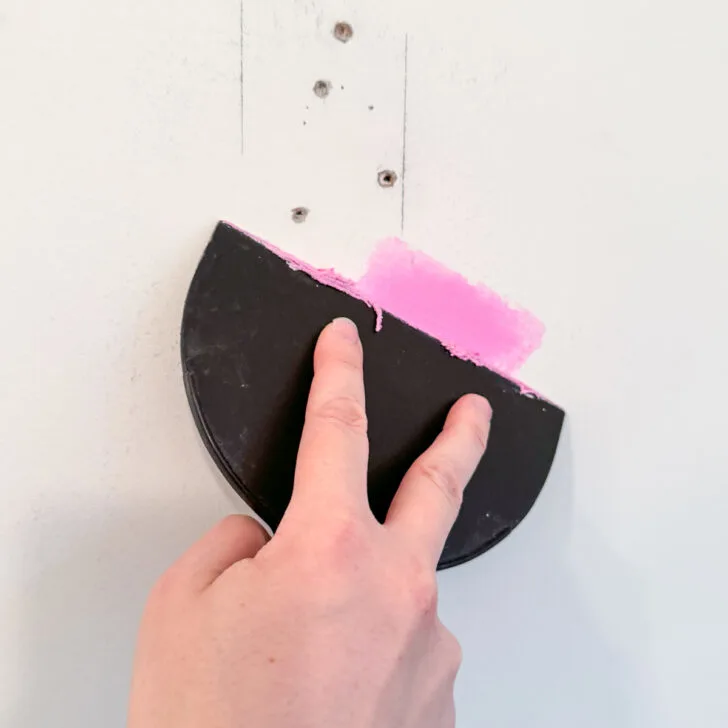
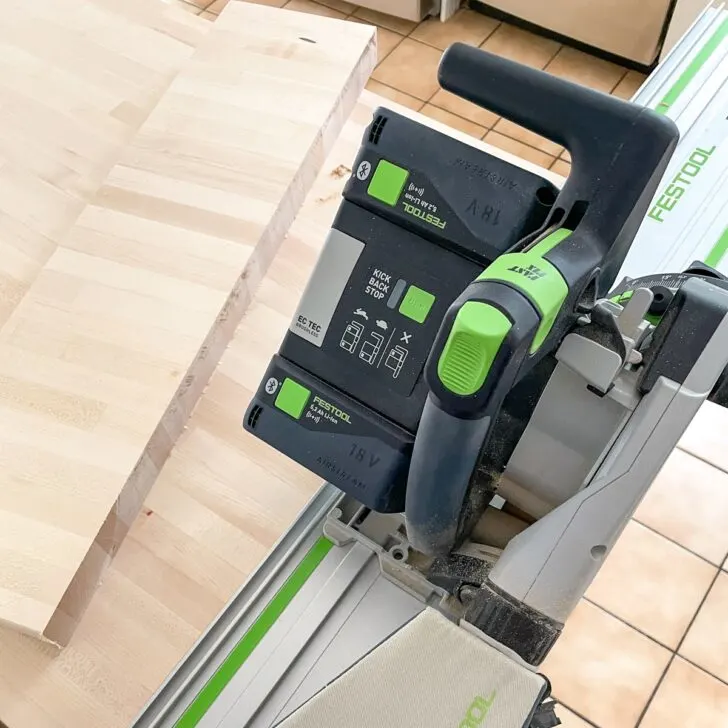
Kathy Alford
Tuesday 17th of December 2024
I’ve used oxalic acid to change the color of wood, mainly poplar, to take the green tint out. Why does your process not change the color of your butcher block top?
Vineta Jackson
Tuesday 17th of December 2024
The oxalic acid bonds to the iron molecules in the poplar wood that make it green. It doesn't bleach it. So if there's no iron in the wood, like this maple countertop, it wouldn't change the color.